On October 14, 2021, the Information and Communications Technology Council (ICTC) partnered with Fredericton organization Ignite, the Fredericton Chamber of Commerce, and the City of Fredericton to host the sixth smart cities community engagement session. As the next instalment of ICTC’s multi-year research initiative, Fredericton’s session was designed to engage with community leaders to better understand the experiences of residents and the challenges and opportunities unique to their region. Each community consultation provides residents with a platform to share insight into how technology directly or indirectly impacts their daily lives. The information collected throughout these sessions contributes to the ongoing research helping to shape Canada’s smart city ecosystem.
The Fredericton virtual smart city engagement session took place for residents located on the lands of the Wabanaki people. The region’s rich history, which participants noted was an important issue for preservation, surrounds the Wolastoq, known also as the St. John River. The region’s history with Indigenous peoples and discussions about greater inclusivity at the municipal decision-making level as well as the importance of assisting underserved communities were priority issues during our engagement. The session was made up of members from the public and charitable sectors, academia, city council and administration, and innovation and technology sectors, representing Fredericton’s diversity.
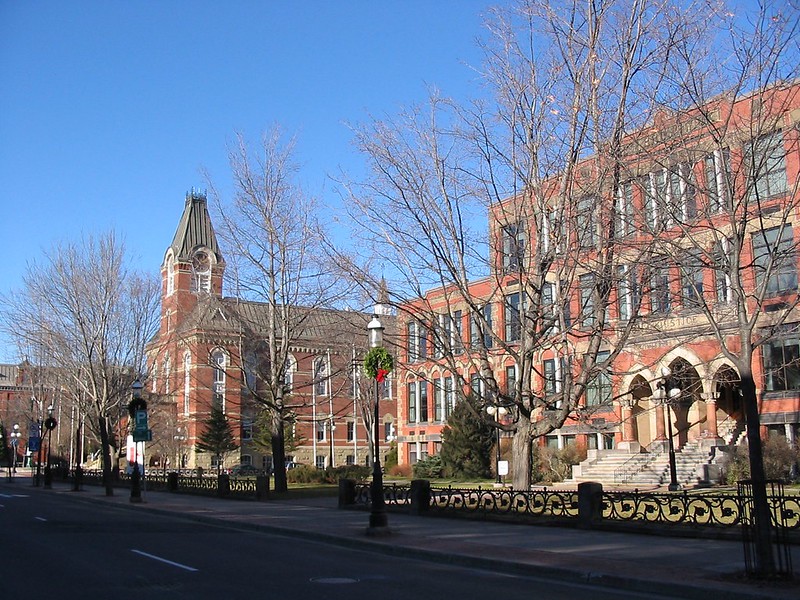
Photo byChris Campbell under a CC BY 2.0 licensep
Overview:
The event was hosted by Fredericton Chamber of Commerce’s Chief Executive Officer Krista Ross, who began with a brief address highlighting Fredericton’s long-standing connection with innovation and its commitment to economic prosperity. The award-winning organization, boasting nearly 1,000 members, making it New Brunswick’s largest chamber of commerce. Krista noted that the city has leveraged the University of New Brunswick (UNB), the New Brunswick Community College (NBCC), and other organizations to challenge students to use their knowledge to solve real problems, by hosting hackathons and innovation events. Fredericton’s smart city investments in “human centred design” have benefited from early investments.
From the City of Fredericton, Laurie Guthrie, Civic Innovation Strategist, began by introducing Fredericton’s long-standing history with smart cities technology. In 1992, Laurie noted that city investments into digital infrastructure led to the establishment of a municipally owned fibre optic network. This foundation would eventually lead to Canada’s first free wireless network. From here, the city’s collective digital and research assets were collected, resulting in to the development of the Knowledge Park, an innovation, research and technology campus in 1998. Later, Fredericton landed as a Top 10 finalist in Canada’s Smart Cities Challenge, competing against 200 other communities.
“The city always really took a very forward-thinking entrepreneurial approach to develop initiatives and strategies to spur innovation and really viewing our challenges as opportunities.” _– Laurie Guthrie, Civic Innovation Strategist — City of Fredericton
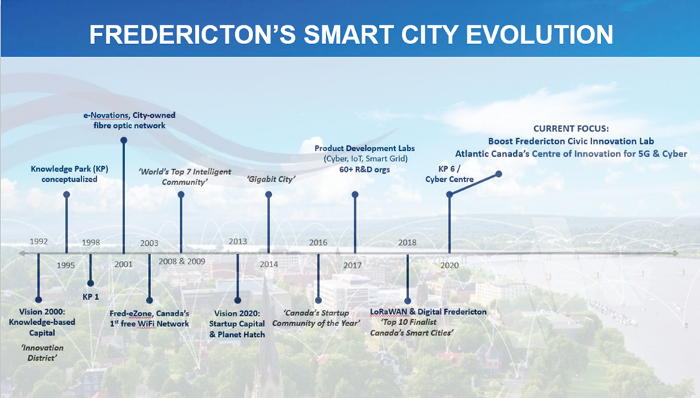
Figure 1: Fredericton’s Smart City Evolution. Source:The City of Fredericton.
This entrepreneurial spirit continues today through the city’s “Boost Fredericton” program. Boost Fredericton connects entrepreneurs and post-secondary students with municipal challenges through their living lab environment. The program allows Fredericton to be early adopters of new technology while creating pathways directly to incubators and commercialization.
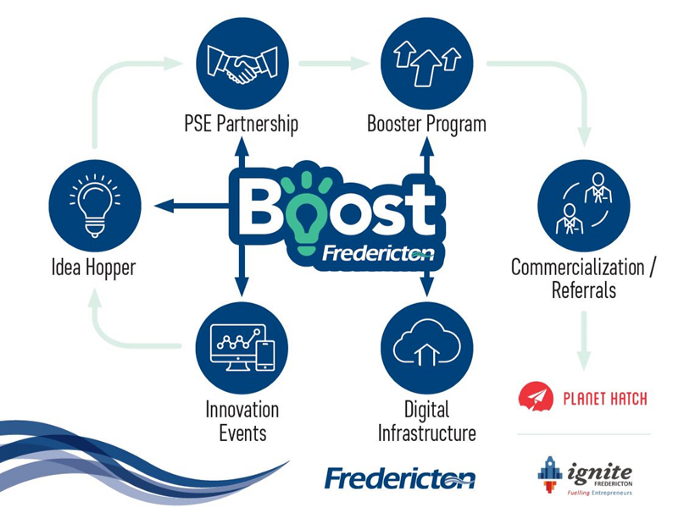
Figure 2: BOOST Fredericton. Source: The City of Fredericton.
Alongside Boost Fredericton, the city has launched Ignite Fredericton, with the goal of becoming the smart city capital of Canada through the spirit of entrepreneurship. Andrew Lockhart, the Economic Development Specialist with Ignite Fredericton, presented on Ignite’s partnership with Planet Hatch. The partnership’s goal, which eventually led to Vision 2020, was for the creation of a smart city that recognizes the work needed to improve digital infrastructure and bring together innovators, entrepreneurs, and labour force to enhance Fredericton’s knowledge economy. Lockhart noted that investments in a “digital society” requires taking risks in experiential and dynamic technology, and betting on local talent. He went on to note that Fredericton is preparing for the global current shift toward smart city initiatives. It is expected that smart infrastructure will create an estimated $100 billion (USD) in revenues worldwide.
When talking about smart cities, Lockhart noted, we often talk about:
“The end results of smart city initiatives… [and not] decades of investments made in digital infrastructure, research and development, or skills training that has resulted in a citywide ecosystem”
The municipality of Fredericton and regional business community investments in talent and digital technology, however, are coming to fruition due to global pandemic. COVID-19 increased consumer demands on businesses and continues to grow the ICT industry, specifically boosting gaming and cybersecurity organizations. Lockhart projects the growth in ICT industries will continue as they adapt to 5G technologies.
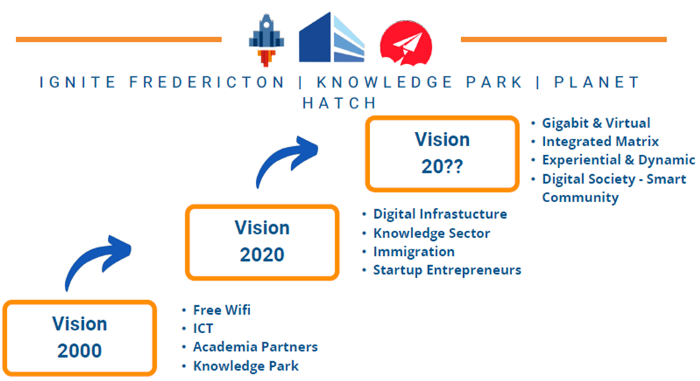
Figure 3: Ignite Fredericton. Source:Ignite Fredericton.
Defining a “Smart City”
Participants were asked what came to mind when they envisioned a “smart city.” Four themes were highlighted based on frequency of mention: municipal services, quality of life improvements, a greater degree of inclusiveness, and environmental protections. Despite recognizing the general role of technology in smart cities, attendees spent their time discussing the importance of specific elements such as quality UX design, and data-driven, real-time decision-making opportunities. Residents often linked smart cities with notions of community well-being and people-first mentalities.
“To me, smart cities adopt technology and related infrastructure to link citizens together in different ways. This includes local government, public services, and most importantly, it links people to one another.” — Participant insight
When asked, “What comes to mind when you think of a Smart Fredericton?” one respondent said:
“A coordinated approach to building technological capacity. This includes local government, post-secondary institutions, the private sector and other industry stakeholders like Ignite and the Chamber of Commerce.” — Participant insight
Other responses included the city’s history of early technology adoption, noting that community health and well-being have been strong motivators. Attendees from the post-secondary field suggested that a Smart Fredericton also included greater access to work integrated learning opportunities, such as ICTC’s WIL Digital program, which provides unique employment pathways for students and employers. Transportation was also top of mind as attendees mentioned that a people-first approach to new innovations could help create a needs-driven transit network that encourages greater ridership. Another comment linked back to municipal service improvements and highlighted how technologies could provide more responsive municipal decision-making. This introduced various other themes, including affordable housing.
Sources of Optimism and Concern:
Throughout the engagement session, residents of Fredericton were both optimistic and concerned about smart technology development, always reasserting the need for a people-first approach:
“Smart Fredericton for me would be a place where people can thrive. But it’s also accessible, and I think, right now, the biggest challenge that we’re seeing is accessibility in terms of affordability.” — Participant Insigh
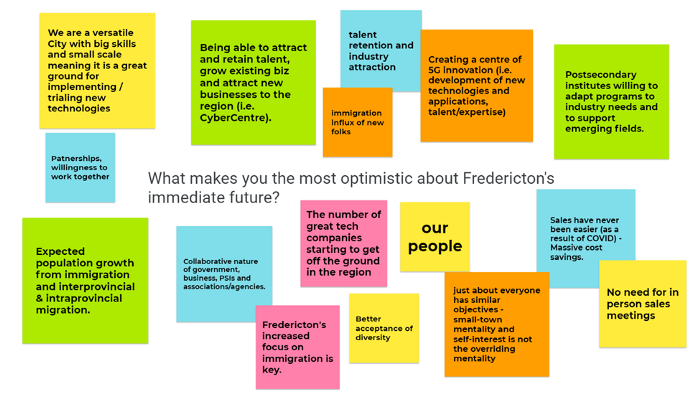
Figure 4: Image taken from Fredericton community engagement session Jamboard.
In descending order based on number of times mentioned, the list below highlights the top issues of immediate concern facing Fredericton. This article explores some of these issues in greater detail, however, it’s worth noting the degree of overlap related to issues facing low-income and underserved groups. The concerns shared are:
- Affordable housing
- Food insecurity
- Cybersecurity
- Lack of inclusivity in municipal decision-making
- Lack of digitized healthcare services
- Media literacy issues
- Lack of climate urgency and related planning
Likewise, in descending order based on number of times mentioned, the following list details causes for optimism among Fredericton residents. Overall, residents suggest that for every challenge highlighted during the consultation, numerous new opportunities presented themselves:
- A significant population influx:
- Repatriation due to COVID-19
- Continued focus on immigration policies
- Greater acceptance of work-from-home arrangements
- Continued growth of Fredericton’s ICT sector
- Effective application of renewable energy strategies (i.e. Kimble Fire Station)
Population Growth and Immigration
Participants shared that a recent population influx has been cause for celebration. Fredericton has grown 14.1% between 2009 and 2019, with a median age of 40 years. Fredericton has the fourth largest population concentration of people with master’s degree or higher and the most engineers per capita, compared to other municipalities in Canada. The city also has a large pool of college graduates from science, math, and technology. Much of this growth is associated with an increase in immigration and intra-provincial movement. As one participant noted, the population of Fredericton has grown increasingly younger. This comes in juxtaposition with others who worry about the accessibility of digital infrastructure for the oldest segment of the population:
“If you really want community involvement, it needs to be at a skills level that a larger base of the population actually has, so that they can help contribute.” — Participant insight
According to CBC, New Brunswick is experiencing the largest eastward migration in the past 45 years, impacting Fredericton as well as other rural and urban areas. According to new estimates from Statistics Canada, the province added over 6,000 new residents over the past 12 months (July 1, 2020/2021). Although attendees were unsure if the population growth was a result of COVID-19 and work-from-home opportunities, a lower cost of living, or a combination of the two, it was considered relatively positive. This influx, some participants noted, could help alleviate growing concerns over the province’s chronic labour shortages while contributing to the city’s burgeoning ICT industries. Some organizations, Kognitiv Spark for example, said that the pandemic made the company’s technology more relevant across a wider range of industries, including legal and real estate, leading to an increase in business and employment.
Population growth, however, also faced participant concerns over lack of affordable housing, overburdened healthcare, and city transport challenges. Understandably, this continued to shape the consultation discussion.
Affordable Housing
New Brunswick is no exception to Canada’s growing housing crisis. Residents are beginning to face a lack of available options as rental fees increase, coupled with growing issues of scarcity. Developments such as the creation of a 96 unit “tiny home” district in the North side of Fredericton are being approved by city council to help alleviate issues for low-income residents, but long-term solutions seem far off. The Government of Canada, in partnership with the Province of New Brunswick have launched programs such as the “Affordable Rental Housing Program” to providing assistance to private organizations and not-for-profit groups looking to develop or convert existing properties to rental units.
These issues were echoed by attendees who ranked “affordable housing” as the most pressing concern for the city. Likewise, when asked to share their long-term concerns for Fredericton’s future, attendees also noted affordable housing. Attendees were also asked to prioritize the issues they felt should be the municipality’s primary focus throughout 2022/23, and “affordable housing” again topped the list, followed by the inclusion of underserved groups (classified as Indigenous, low-income and immigrants) in city planning.
Healthcare Considerations
Other concerns for Fredericton’s future included the effectiveness of the provincial healthcare system. Despite the province’s $12.5 million dollar investment in 2019 to develop an electronic record system to help streamline patient data, attendees noted a lack of information sharing between healthcare agencies. Conversations on New Brunswick’s experience combating COVID-19 raised additional questions about doctor shortages and a need for quicker response times related to patient care. Next to the municipal housing crisis, healthcare concerns were the second most pressing challenge raised by participants. This is echoed by the New Brunswick Medical Society, which recently encouraged municipal representatives to focus on virtual care processes, recruitment, and improvements to outdated infrastructure to help attract new talent.
“New Brunswick seems to have too many fragmented services, some that are significantly impacting finances and overall spending. In fact, to give an example, I think we have more unique civic districts than the province of Ontario.” — Participant insight
On a positive note, participants are optimistic that investments in smart technologies could alleviate these challenges. As Andrew Lockhart with Ignite Fredericton said, programs such as UNB’s Data Visualization Competition (an open data competition) helps to connect aspiring young students and entrepreneurs with opportunities to showcase data interpretation methods to leaders in government and private industry, helping to highlight important findings and offer possible solutions.
“It took a while, but a lot of older adults got a little more comfortable doing video chat and telehealth care — you know, being able to have a zoom or a phone conversation with your doctor, as opposed to going and sitting in a waiting room and waiting for hours..” — Participant insight
Transportation
Through the living lab approach, Fredericton is making progress in enhancing the cities digital infrastructure. From our conversations with Fredericton residents, transportation was top mind, sharing how technology could make transportation more efficient, reliable, and accessible. As one participant noted:
“We have a less than adequate transportation system in the city, and people seem to connect a smart city with being able to move people around from place to place.” — Participant insight
Importantly, participants in our engagement emphasized the need to focus on seniors and multicultural communities when designing more accessible transportation. As noted by one speaker, “The role our transit system plays in social isolation of older adults in our community is legit and it’s real.” The need to address transportation gaps to improve social inclusion is reflected in the city’s collaborative strategy. For instance, the city has been working on improving busing by conducting studies and investing in open data to identify barriers. More recently, the city has signed an agreement with HotSpot, an app that tracks buses and fare payments. Additionally, the Indigenous-led Doorable app provides information on accessible doorways for people living with a disability, and there is hope that this apps can be adapted to identify accessible buses in the future. However, the participants in our engagement noted the difficulty and continued work required to improve transportation within the city.
Closing Remarks
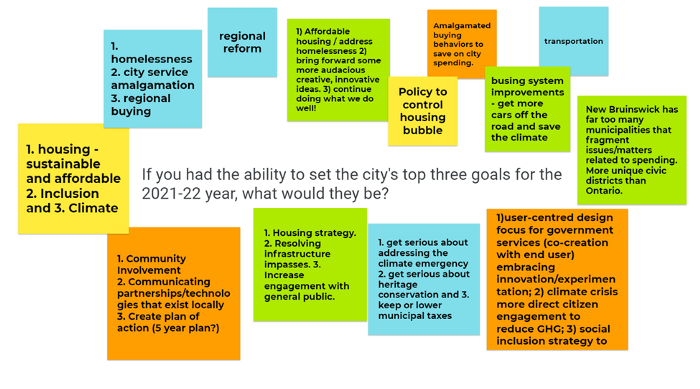
Figure 5: Image taken from Fredericton community engagement session Jamboard.
Fredericton made early investments into smart technology which helped to ease some of the impacts felt by the global pandemic. Prioritizing smart technology and open-source data, for instance, has helped spur a thriving entrepreneurial ecosystem that is responding to changing social challenges, including accessible transportation and healthcare. Through programs like Ignite Fredericton and Boost Fredericton, the municipality has empowered citizens to guide solution-oriented technology developments.
Many residents found “smart communities” terminology most in-line with their values of an inclusive city. As one participant said, “Smart cities is making sure technology reaches everybody.” Residents were proud of their city’s thriving technology sector, which is leading the way for civic technology in neighbouring municipalities like Moncton and Saint John’s. Most recently, the city has promoted a week-long challenge for students, researchers, educators, entrepreneurs, and developers to develop 5G solutions for flood risk and emergency response. These challenges build on the collaborative environment Fredericton is fostering. Through partnerships among industries, academia, and governments, Fredericton hopes to set a national example for smart technology use and planning.
